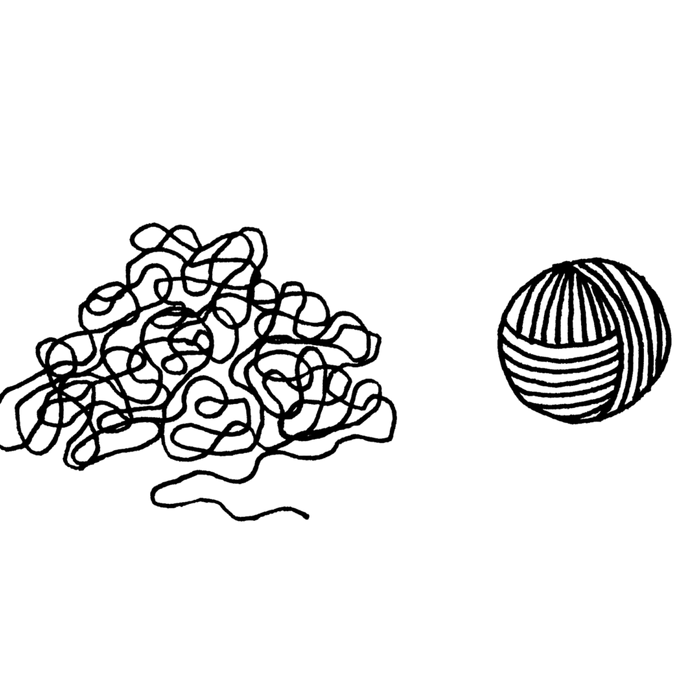Let’s be honest: researchers and scientists are not the first people that come to mind when you hear the words agile, lean or scrappy. An often-cited statistic is that it takes 17 years to move health interventions from original research to evidence-based practice. At Hopelab, we are trying to move the needle on that. We know that changing that statistic will allow more people to benefit from interventions, and help make a dent in some of the major population health challenges facing adolescents and young adults today.
It is a tall order to figure out how to simultaneously design and deliver evidence-based interventions while maintaining a scientifically rigorous process for testing and evaluating what we put out into the world. Part of what helps us be more nimble is to turn to and learn from the wider health innovation community. The Frontiers of Innovation network at Harvard University’s Center on the Developing Child is one such place.
I recently attended their one-day Science-based Innovation Training to see what may be useful to bring back and share with the team at Hopelab. Specifically, my colleagues and I working on our Young Families initiative were interested in building our capacity to think about how interventions for parents can yield a “two-generation” impact and improve outcomes for the parents or direct users of products, but also for their children and moreover, the entire family unit. The day was packed with plenty of lectures and hands-on work, but one core concept from the opening of the workshop: We know more than enough to be able to design interventions that work.
The empirical evidence is clear about what ingredients are necessary for interventions to impact families’ ability to thrive even in the face of adversity. The first ingredient is responsive relationships. When children, adolescents, and young adults have people and communities that can support them in meeting their needs, this becomes a protective factor against other factors that may put them at risk.
The second ingredient is core life skills, which interventions can help develop and strengthen through coaching (in person or digital) and practice. You can see examples of this in Hopelab’s Goal Mama platform and Vivibot chatbot. The goal coaching application co-designed with the moms and nurses of Nurse-Family Partnership helps young mothers set goals, track progress, and celebrate success. Vivibot is a chatbot designed to help young adult cancer survivors increase resilience and decrease distress by teaching positive psychology coping skills with structured questions, guided reflection, and conversational lessons.
Last, but certainly not least, is the degree to which interventions can directly reduce sources of stress and hardship, often stemming from poverty, violence, and racism. This is the ingredient that is the most challenging to integrate into interventions given that these sources of stress are structural, systemic, and relentlessly present in the environment in which vulnerable families work, live and play. However, interventions that successfully address these are able to make the biggest impact on the lives of families.
Coming back to Hopelab, the lens of “knowing enough to move forward” is one that can help us more rapidly translate the empirical evidence to digital intervention components, make decisions about engaging directly with users and stakeholders, and influence how we test and validate concepts and interventions.
At Hopelab we pride ourselves in grounding our work in science while pushing the boundaries of what the typical timeline and process for developing digital interventions look like. It is through carefully balancing agility and scientific rigor that we are able to continuously learn and improve how we design the most impactful interventions that are able to reach young people when they need them.





